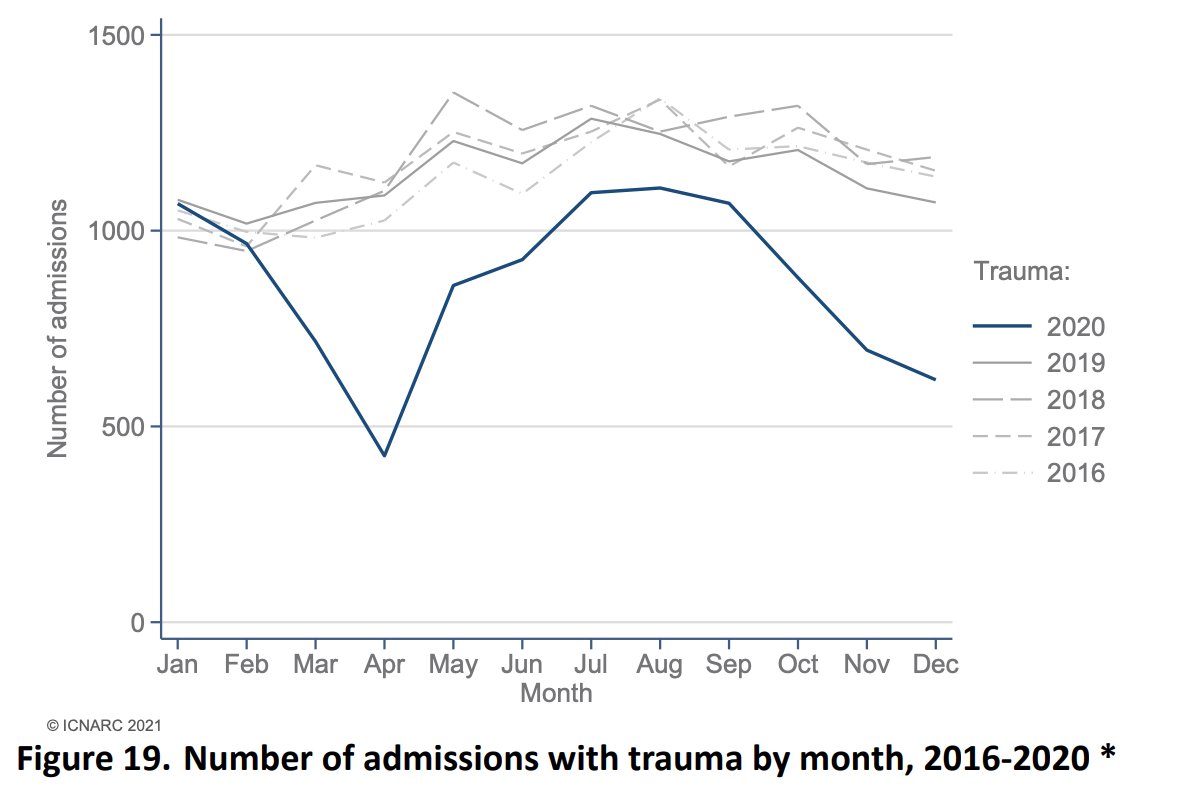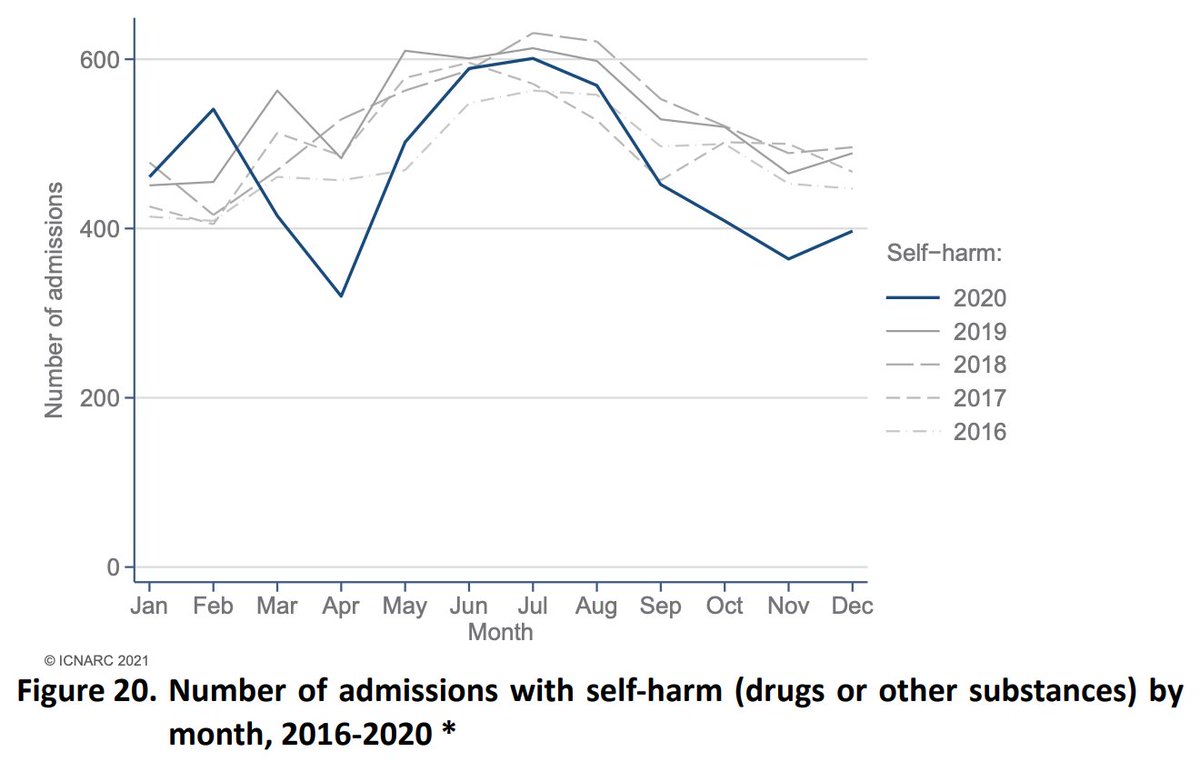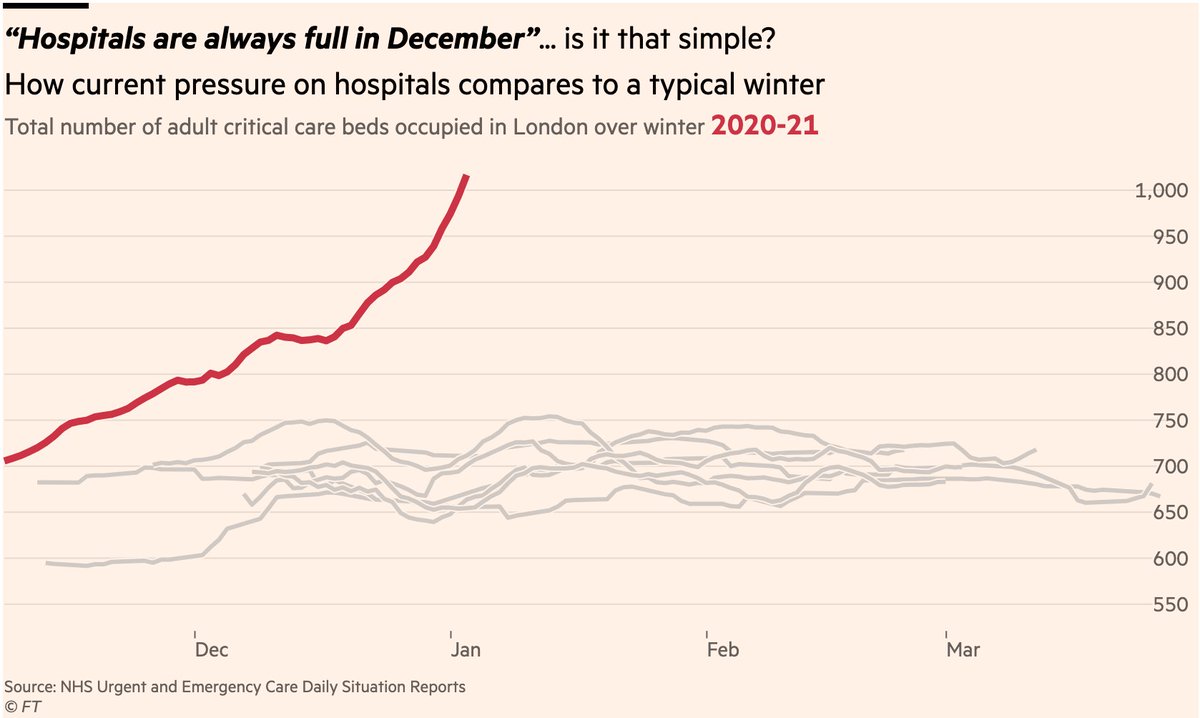
NEW: white people in England aged 80+ are being vaccinated at twice the rate of black people, and rates in deprived neighbourhoods are lagging behind less deprived areas ft.com/content/a831fc…
The gaps are widening, suggesting fundamental challenges in ensuring equal protection
The gaps are widening, suggesting fundamental challenges in ensuring equal protection

These inequalities are especially concerning given the disproportionate impact of Covid-19 on ethnic minority groups.
The very groups that are most at risk from the disease, are thus far the least likely to have received protection.
The very groups that are most at risk from the disease, are thus far the least likely to have received protection.

The findings come from a team of researchers including @bengoldacre, who analysed data from 23m people in England to explore patterns of vaccine coverage by demographics & socio-economics.
The analysis will be repeated weekly, and Ben explains more here
The analysis will be repeated weekly, and Ben explains more here
https://twitter.com/bengoldacre/status/1354352442884894721
Inequalities in vax rates are likely the result of multiple overlapping factors. One is barriers to healthcare access that disproportionately affect non-white and deprived communities.
@SarahNev and I explored this in our analysis of access to vax sites ft.com/content/cf3d56…
@SarahNev and I explored this in our analysis of access to vax sites ft.com/content/cf3d56…
Another is markedly different attitudes to the vaccines themselves among different groups.
A separate study from earlier this month found that rates of vaccine hesitancy were much higher among many non-white groups than among the white British medrxiv.org/content/10.110…
A separate study from earlier this month found that rates of vaccine hesitancy were much higher among many non-white groups than among the white British medrxiv.org/content/10.110…

The challenges here are both structural and cultural, but in both cases the onus is on the government and other authorities to close the gaps.
It is vital that these problem are solved as quickly as possible.
It is vital that these problem are solved as quickly as possible.
• • •
Missing some Tweet in this thread? You can try to
force a refresh











